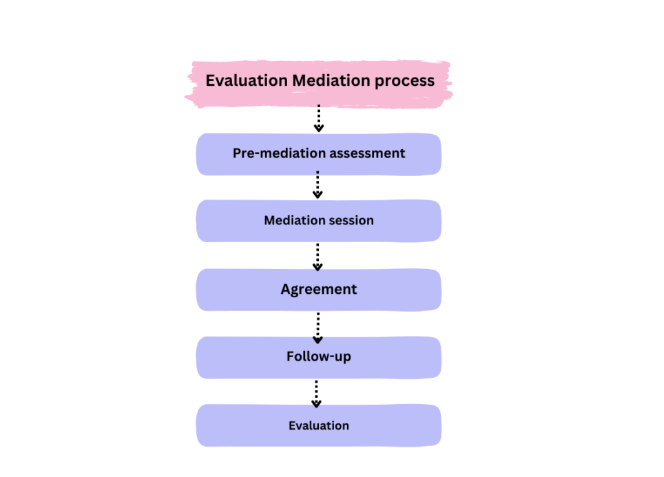Monitoring impact of interventions: tracking impact of interventions
Monitoring the impact of interventions is essential to ensure that the intended outcomes are being achieved and to identify areas where improvements can be made. Here are some key steps for tracking the impact of interventions:
Establish Measurable Goals: The first step is to establish clear, measurable goals for the intervention. This will help to define what success looks like and provide a basis for tracking progress.
Identify Performance Indicators: Next, identify key performance indicators (KPIs) that can be used to measure progress towards the goals. These KPIs should be specific, measurable, and relevant to the goals.
Collect Data: Collect data on the KPIs on an ongoing basis to track progress. This data may come from a variety of sources, including surveys, performance metrics, and other relevant data sources.
Analyze Data: Analyze the data to identify trends and patterns, and to determine whether the intervention is having the desired impact. This may involve comparing the data to benchmarks or historical data to identify changes.
Make Adjustments: Based on the results of the analysis, make any necessary adjustments to the intervention. This may involve modifying the goals, changing the KPIs, or adjusting the intervention itself to better achieve the desired outcomes.
By monitoring the impact of interventions in this way, organizations can ensure that their resources are being used effectively and that they are achieving the desired outcomes. This can help to improve program effectiveness, increase efficiency, and ultimately achieve the organization’s goals and objectives.

Moderation and interaction analysi
Moderation analysis and interaction analysis are statistical techniques used to understand the relationships between variables and to identify whether the relationship between two variables is dependent on a third variable.
Moderation analysis:
Moderation analysis is used to identify whether the relationship between two variables changes depending on a third variable. In other words, it is used to determine if the relationship between two variables is stronger or weaker under different levels of a third variable.
For example, suppose we are investigating the relationship between exercise and weight loss. A moderation analysis might reveal that the relationship between exercise and weight loss is stronger for people with high levels of motivation compared to those with low levels of motivation.
Interaction analysis:
Interaction analysis is used to identify the combined effect of two variables on a third variable. In other words, it is used to determine whether the effect of one variable on a third variable depends on the level of another variable.
For example, suppose we are investigating the relationship between education level and income. An interaction analysis might reveal that the effect of education on income is stronger for people in high-skill occupations compared to those in low-skill occupations.
In both moderation and interaction analysis, it is important to consider the strength and direction of the relationships between the variables. By identifying how different variables interact with each other, we can gain a deeper understanding of the factors that influence the outcome of interest.